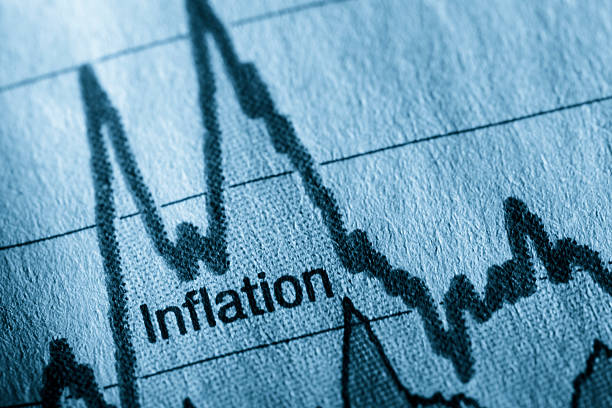Author: Victor Menasce
The numbers being stated by governments around the world are vastly underestimating the actual rate of inflation.
Furthermore, with a few exceptions, the inflation we are experiencing is generally speaking, not transitory as the White House, The Federal Reserve, the Treasury, The Bureau of Labor and Statistics, Statistics Canada, the even the UK are vastly understating the true measurements.
If you read through the details of the narratives for the statistics you will see very similar language in the US, Canada, the UK. They all seem to be OK with fudging the numbers. Let me read you a sentence from a recent UK publication. But I could have taken similar statements from any of them
“Around 0.2 percentage points of the easing in the CPIH 12-month rate between June and July 2021 came from base effects, specifically from items that became available again in July 2020 at the end of the first coronavirus lockdown.
There were 55 items that became available at that time. The June 2020 indices for these items were imputed in line with published methodology such that they had no impact on the all items index.”
According to data published by the Federal Reserve Bank of St. Louis, the producer price index increased by 22% from July 2020 until July 2021.
You can’t have a 22% increase in the cost of production of goods and not see it downstream in consumer prices. You will have some producers accept lower profit margins for a little while, but eventually they will have to raise prices.
There is a website called shadowstats. You see the government has changed the way it measures inflation over the years in order to downplay the effect of inflation. When the experience of inflation is high, the population gets testy. So governments have gotten good at changing the measurement of inflation. The underlying data that makes up the inflation measurement is still available. So if you know the method, it’s possible to recreate an inflation metric exactly the same as the BLS did in 1990, and exactly as the BLS did in 1980. You can them compare it to today’s numbers. That’s exactly what the folks at shadowstats do. They use the government’s own published data to recreate the inflation metric using their previous methodologies.
Today the US government is saying that inflation was running at 5.1% at the end of July. They are saying the rate is temporarily elevated, due to the pandemic. They are saying it is due to supply chain disruptions caused by the pandemic and due to labour disruptions caused by the pandemic.
But if we were measuring inflation using the same method as in 1980, the US would be reporting an inflation rate of 13%.
When you look at the producer price index increase of 22%, a CPI increase of 13% makes a lot more sense.
When you listen to the narrative coming from the White House, the administration is blaming those greedy suppliers for raising prices in America’s time of need. There is no mention that the printing of $4.3T dollars in the past year could have even remotely contributed to elevated prices.
Inflation is defined as the inflation of the money supply. It’s not the increase in the consumer price index. Increasing prices are the consequence of inflation, but not the inflation itself.
The other reason why governments want to report lower inflation. You see economic growth is defined as the increase in the gross domestic product. But if you only reported the GDP, your numbers would be off because of inflation. So Real GDP is defined as nominal GDP, minus an adjustment for inflation. If you under-report inflation, you also have the effect of over-reporting gross domestic product. If politicians can tell the population that the economy is growing really well, then presumably politicians would gain political points. But if the economy is not growing that much, politicians would still generally welcome positive economic metrics, even if they over-state the reality.
This really points to the political incentives behind the current state of economic reporting. The reality remains the same.
1) Inflation has the effect of wiping out purchasing power for those on fixed incomes
2) It has the effect of wiping out savings
3) It has the effect of wiping out debt with fixed interest rates.
At a certain point, even if the government says that inflation is in the low single digits, those families on fixed incomes are going to going to notice. They’re not going to accept that inflation is only 2% or 3% or 5%. A 13% reduction in the purchasing power of your dollar on fixed income is a huge deal. We don’t know where inflation is headed next. Will it go down to 10%? Will it go up to 15%?
I know from conversations that I’m having with business owners, many have said that they have not raised prices during the pandemic. But they will need to shortly. Remember the producer price index is up 22%. Those businesses facing such a large increase in production costs have no choice but to increase prices which will ultimately ripple through the economy.
So, how do you win in an inflationary environment?
You need to be on the right side of that transaction. When rents increase, operating expenses increase, and asset prices increase, the debt on a property gets proportionally devalued.
The increase in asset prices benefit the equity holder, not the lender. With responsible leverage, you can multiply your returns to keep ahead of inflation. In an inflationary environment, you want to own real income producing assets.

